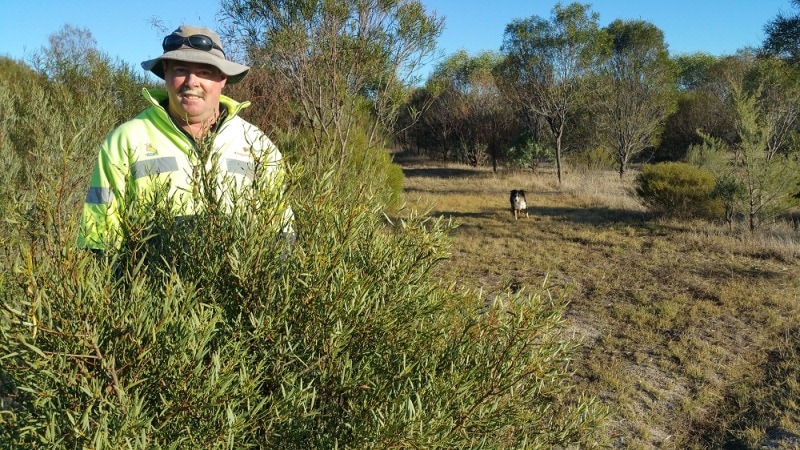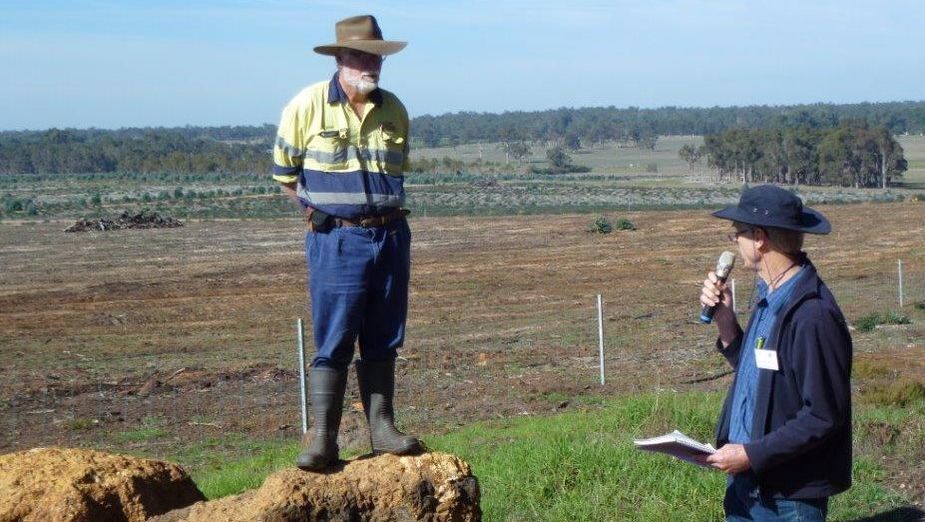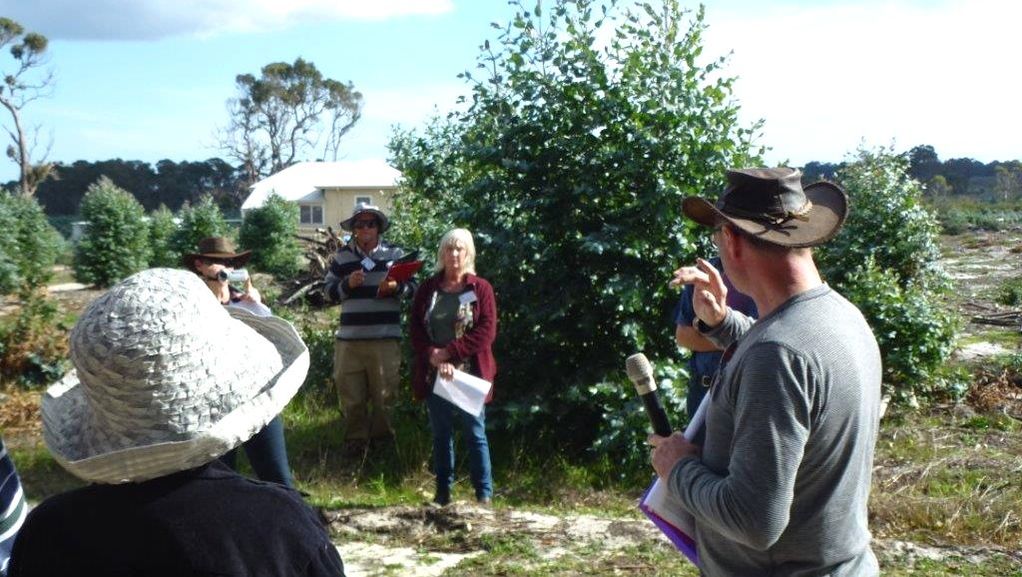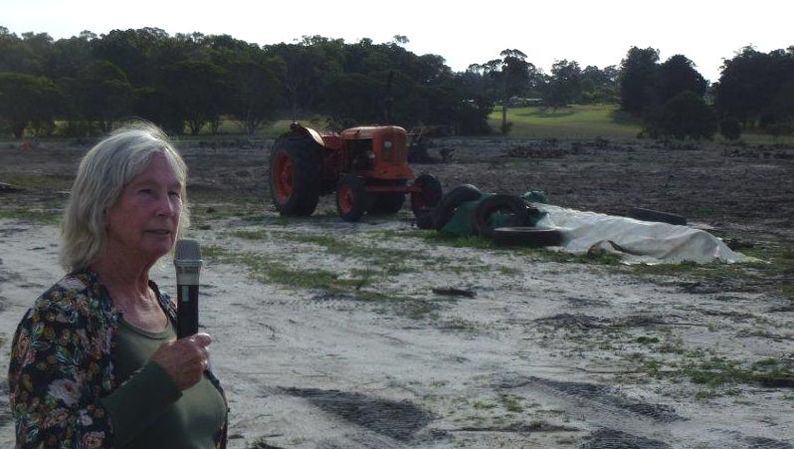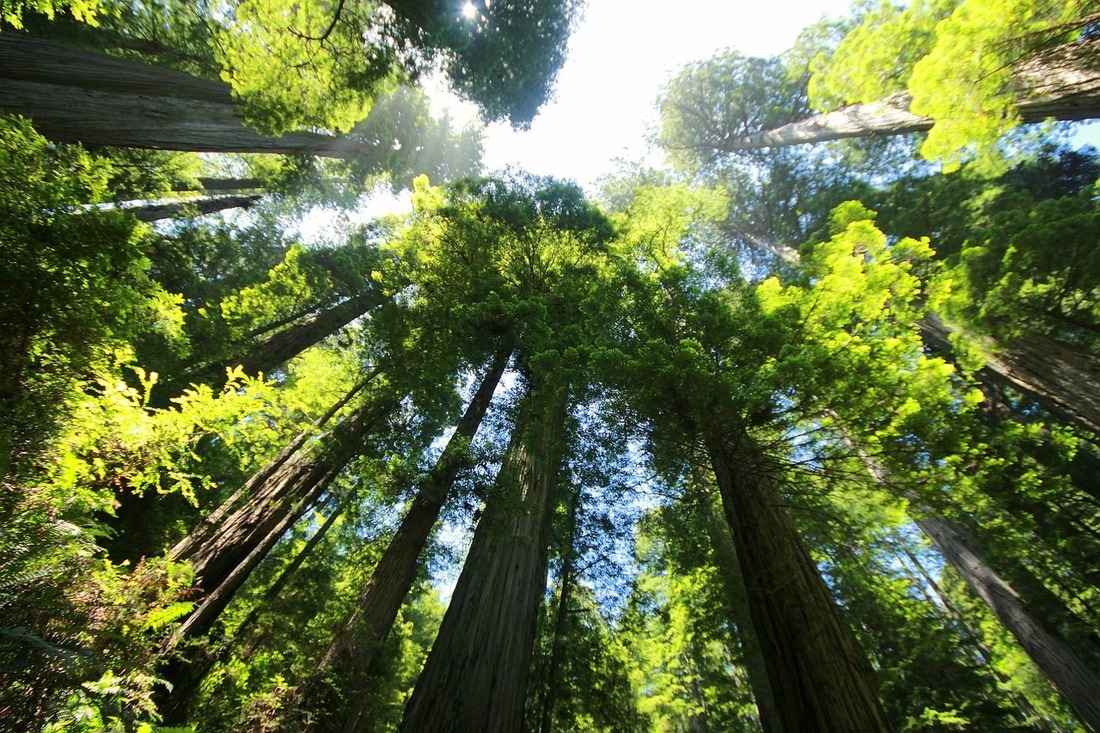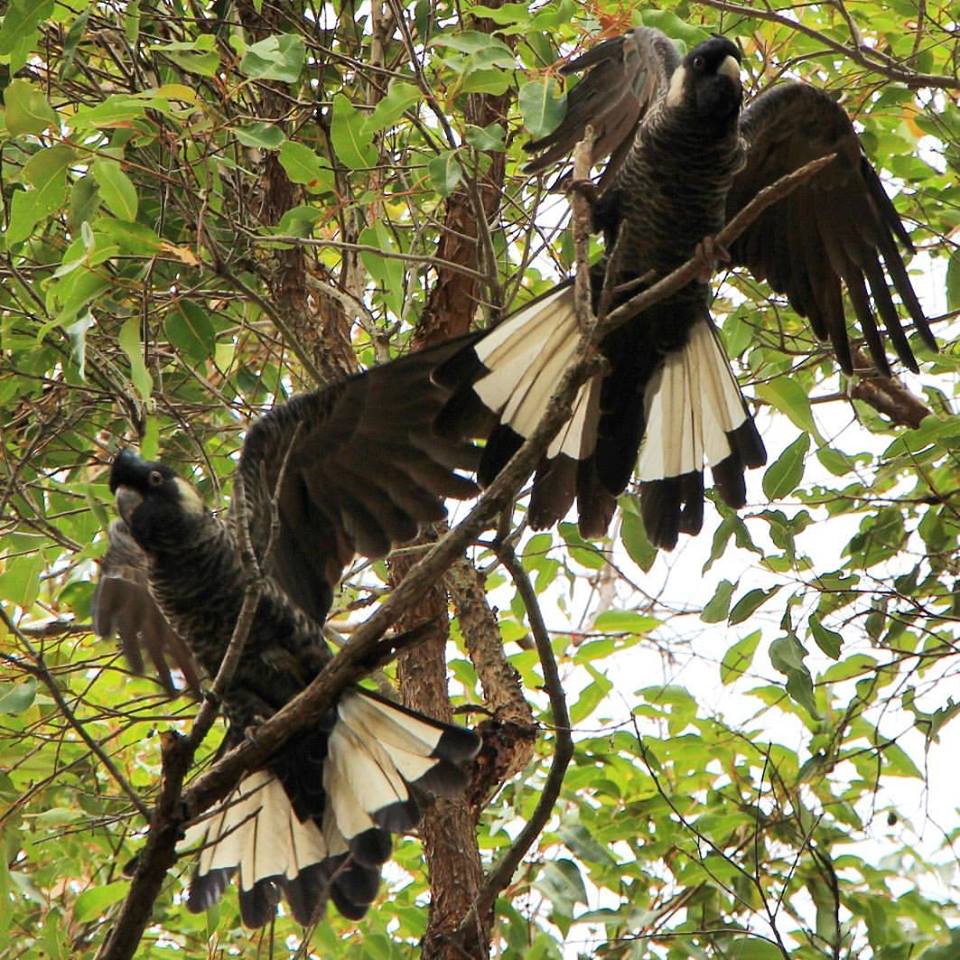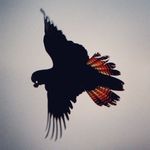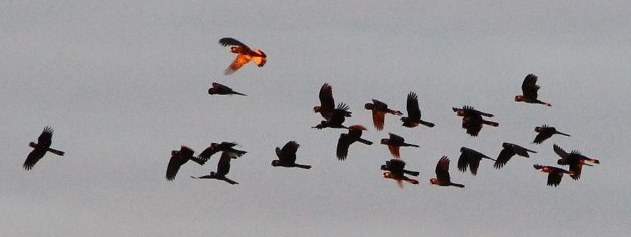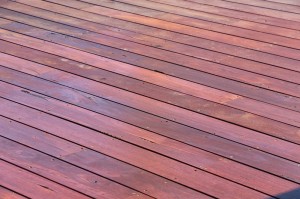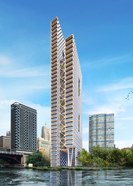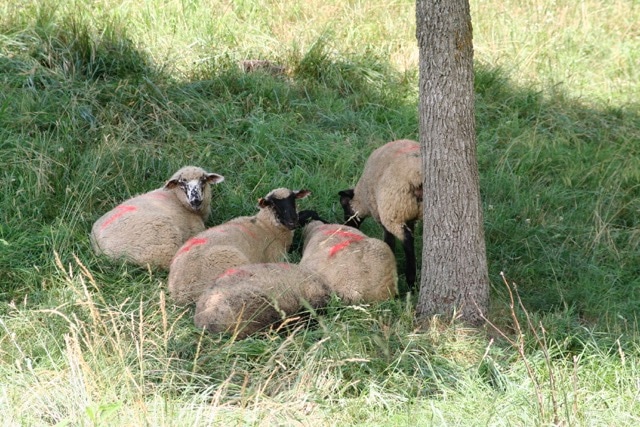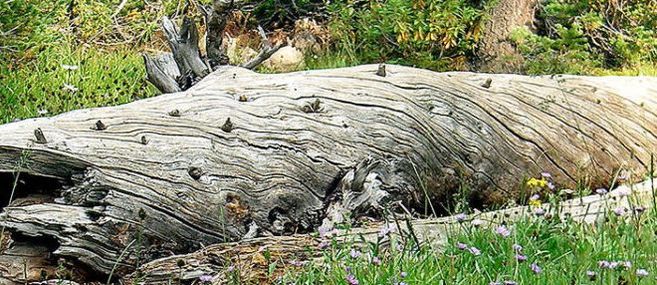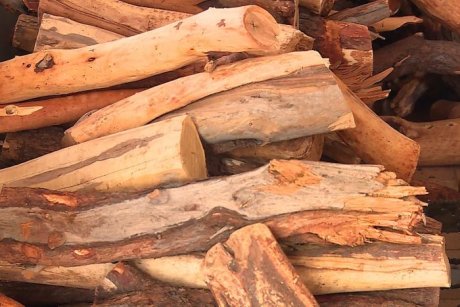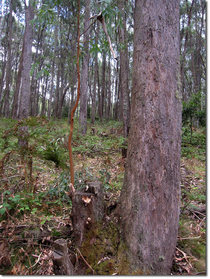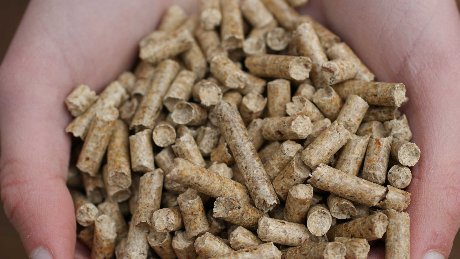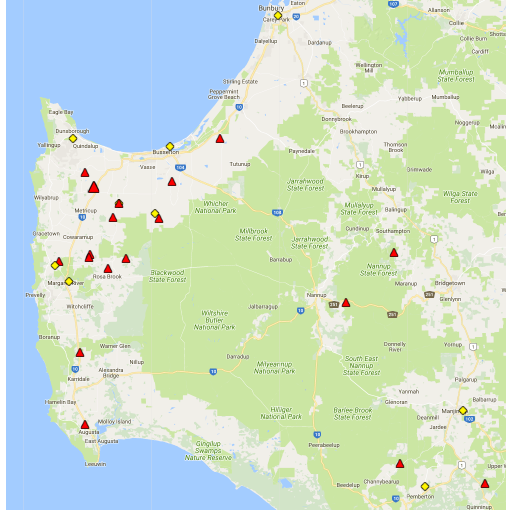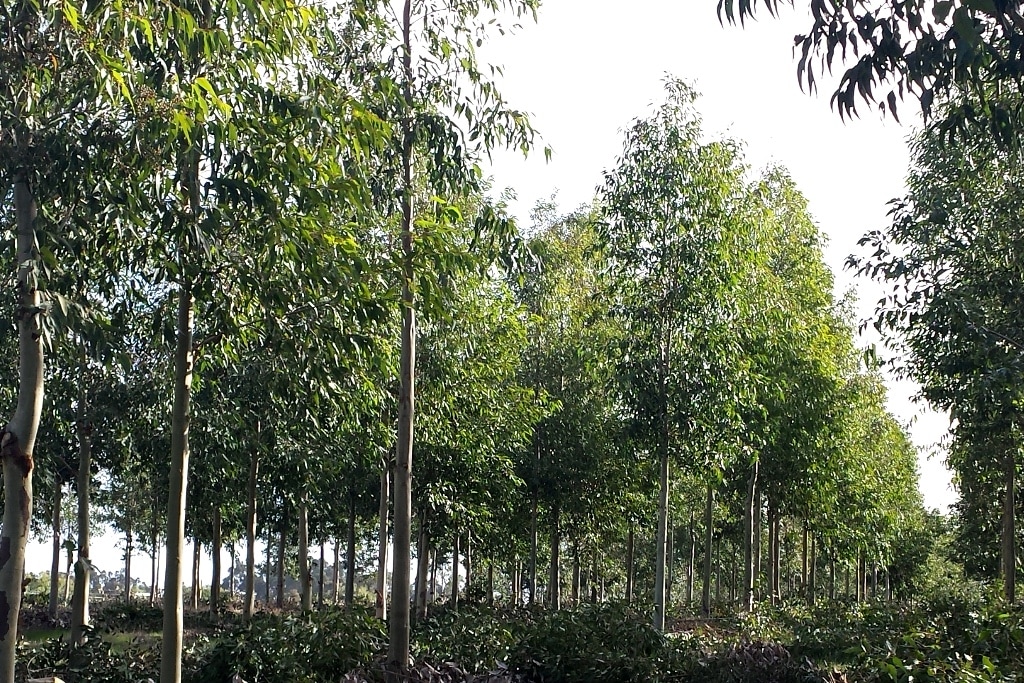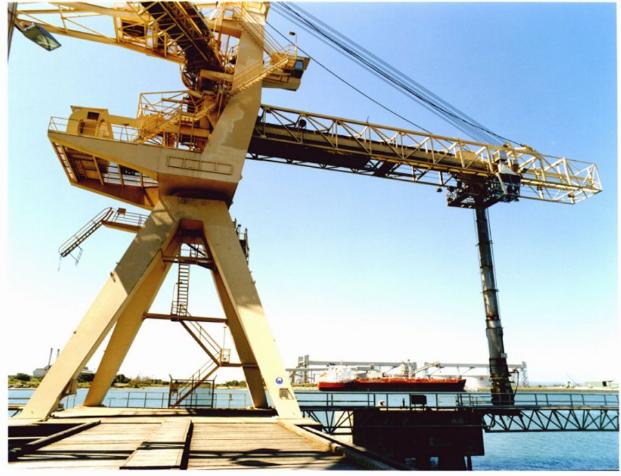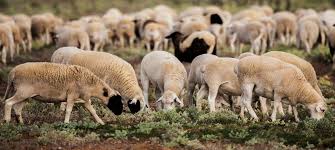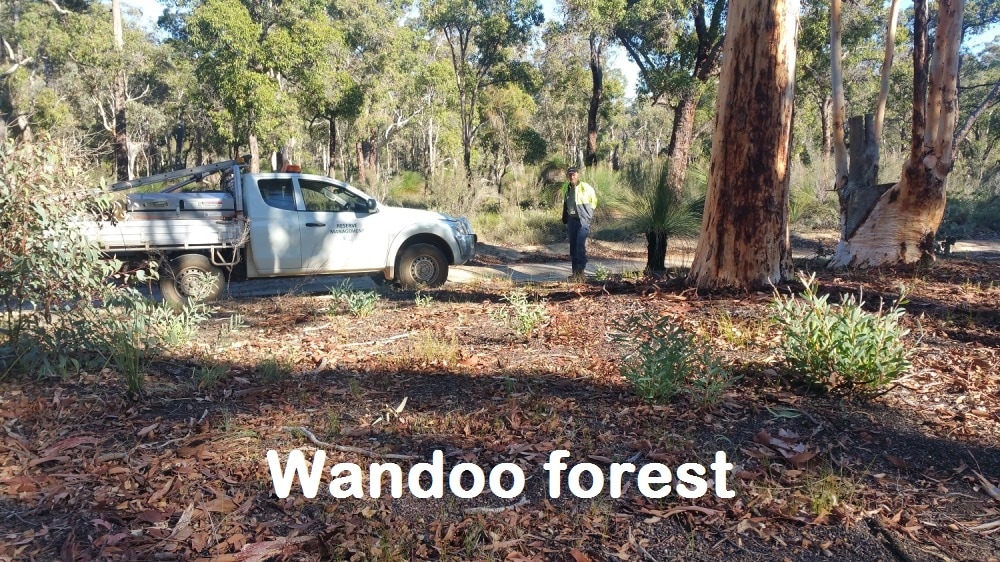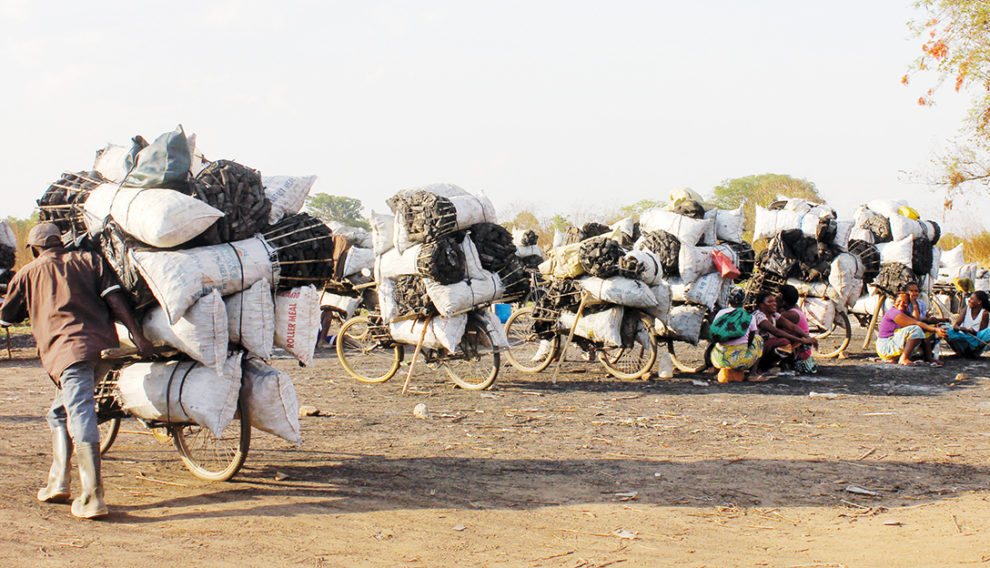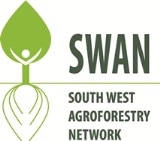Marty Winch-Buist, from Greenhills, in his biodiverse sandalwood planting.
Increase the biodiversity of your property.
In the upcoming Master TreeGrower course you will learn many things, including how to improve the biodiversity value of your property. You will visit revegetation projects on private land where landowners have planted trees and shrubs to enhance biodiversity.
You will also gain insights into many reasons landowners use trees and shrubs in the landscape, including shade, shelter, forage, timber and bush foods.
The course focuses on real examples on small and large properties, and will give you new skills and contacts. It’s not your usual course and it costs just $200 for 8-days spread over 2 months. Try it – Day 1 is FREE!
Contact Richard Moore, [email protected] or 0429 926 731 www.swagroforestrynetwork.com.au/
Fri 28 July
Introduction, multi-purpose tree growing, visit to a 'life-style' block and a broad-acre farm on which trees are used
Sat 29 July
Markets for tree products, environmental services from trees, brushwood for fencing, wandoo restoration
Fri 11 August
Measuring tree growth, importance of provenance, forage systems, feral animal fence
Sat 12 August
Preparing sites for trees, how trees grow, tree management, riparian and wandoo regeneration
Fri 25 August
Sandalwood - establishment, management, biodiversity values, matching species and soil type
Sat 26 August
SW Agroforestry Network field day, managing native bush, seed orchard and community nursery
Fri 8 September
Integrating trees into rural landscapes, trees for bio-energy, carbon storage aesthetics
Sat 9 September
Economic aspects of tree growing, partners in trees and revegetation
More information on the Master TreeGrower Program....
In the upcoming Master TreeGrower course you will learn many things, including how to improve the biodiversity value of your property. You will visit revegetation projects on private land where landowners have planted trees and shrubs to enhance biodiversity.
You will also gain insights into many reasons landowners use trees and shrubs in the landscape, including shade, shelter, forage, timber and bush foods.
The course focuses on real examples on small and large properties, and will give you new skills and contacts. It’s not your usual course and it costs just $200 for 8-days spread over 2 months. Try it – Day 1 is FREE!
- What: 8-day course for landowners using trees for conservation and profit.
- When: Day 1 Friday 28 July. Continues Fri every fortnight. 9am - 4pm.
- Where: Northam (venue to be confirmed)
- Cost: $200 (ex GST) - a contribution to food & materials
- Food: Lunches and morning/afternoon teas provided.
- Gear: Paid-up participants receive a MTG hat, MTG gate sign, tree measuring tape, course notes, certificate and more.
Contact Richard Moore, [email protected] or 0429 926 731 www.swagroforestrynetwork.com.au/
Fri 28 July
Introduction, multi-purpose tree growing, visit to a 'life-style' block and a broad-acre farm on which trees are used
Sat 29 July
Markets for tree products, environmental services from trees, brushwood for fencing, wandoo restoration
Fri 11 August
Measuring tree growth, importance of provenance, forage systems, feral animal fence
Sat 12 August
Preparing sites for trees, how trees grow, tree management, riparian and wandoo regeneration
Fri 25 August
Sandalwood - establishment, management, biodiversity values, matching species and soil type
Sat 26 August
SW Agroforestry Network field day, managing native bush, seed orchard and community nursery
Fri 8 September
Integrating trees into rural landscapes, trees for bio-energy, carbon storage aesthetics
Sat 9 September
Economic aspects of tree growing, partners in trees and revegetation
More information on the Master TreeGrower Program....
